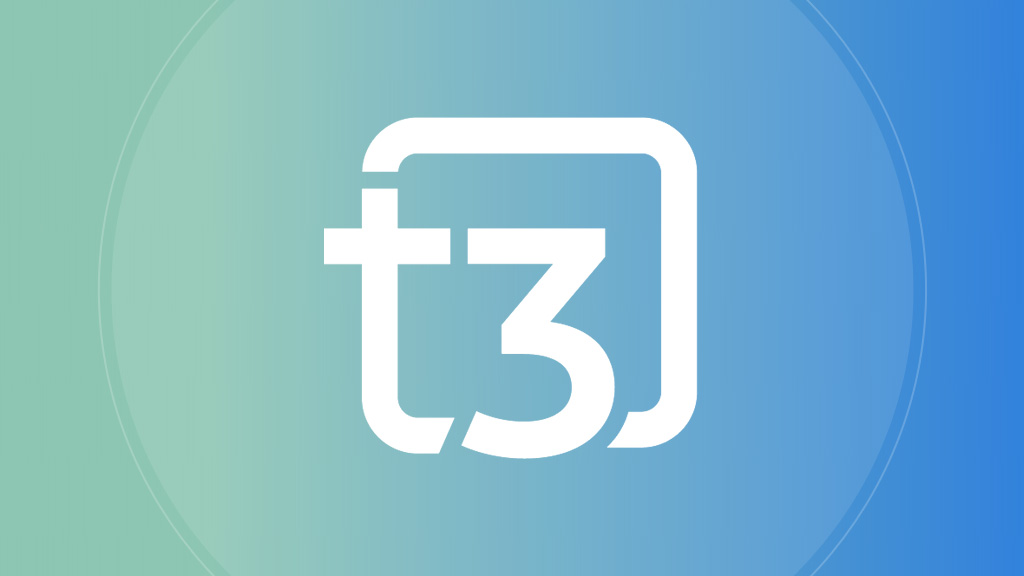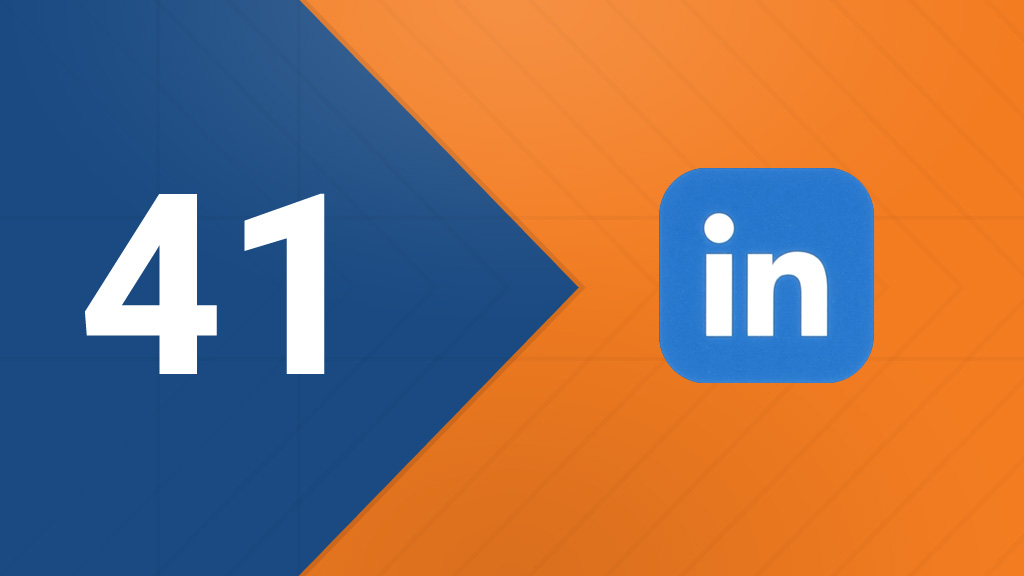Making the Most of Client Account Management

Competing for client accounts and mindshare, financial advisors always have one eye on today’s business and another on the horizon.
Over the years, products like the separately managed account (SMA) and the unified managed account (UMA) have had their days in the sun and retain some glow. Those types of accounts offer the advantages of individualized and personalized account management that support an investor’s personal financial goals and quest for tax efficiency.
Today, sophisticated financial technology, or fintech, allows advisors to catapult their practices forward and attain a greater share of investor assets under management. These sophisticated tools can become part of any firm’s technology platform. They help advisors illustrate with knowledge and clarity how to manage accounts and other assets to satisfy an investor’s financial goals, retirement income planning, and the quest for tax-efficient asset management.
To put a name on it, it’s the unified management household point of view. It recognizes the importance of other types of account management but helps advisors provide more of what investors are looking for.
The Name Jumble – SMA, UMA, UMH
You are likely familiar with the separately managed account. It was created to allow investors to invest like a large institution that actively manages its asset allocation and can hire specialty asset managers.
Accounting is complicated, as you can imagine. And there isn’t always an easy way to coordinate the activity of different account managers. The situation, in the past, created (unwanted) opportunities for wash sales or even buying and selling the same security on the same days in different accounts. Rebalancing meant it was necessary to transfer assets between managers. That wasn’t always good for the tax efficiency of the investor’s portfolio.
So, the “traditional” SMA evolved to the “models-based” SMA in which a primary advisor places trades on the advice of the specialty asset managers. Still, there are drawbacks, and the models-based SMA isn’t appropriate for all types of securities.
Next stop: the unified managed account. A UMA is a managed account that holds different types of investments, including exchange-traded funds (ETFs), stocks, mutual funds, bonds, commodities, options, and separately managed accounts. The manager of a UMA can strive to keep the portfolio tax efficient and within the risk tolerance of the investor.
This brings us to the unified managed household, or UMH. It’s not an account like the separately managed account or unified managed account. Rather, it’s a perspective that places a premium on providing the greatest value to your clients while adding assets under management to your firm.
Nurturing Client Relationships to Achieve UMH
When managing a UMH, the advisor has a panoramic view of all assets owned by the individuals in a household whose financial interests are aligned. Most often those are spouses or partners, but it’s possible they could extend to adult children or even others.
Firms today are rapidly changing their practices, incorporating training, building their advisory platforms, and revamping their marketing to support the UMH. The focus on individual investor accounts that was the hallmark of SMAs and UMAs has given way to understanding that the mass affluent market represents opportunity. But that investor has certain expectations.
The investor with $500,000 to $2 million in assets expects that their financial advisors are:
- Helping them accumulate wealth through an asset allocation that aligns with their risk tolerance.
- Doing so with an eye on the tax efficiency of their portfolio.
- Preparing them to have an income in retirement that will support their lifestyles.
- Demonstrating where to withdraw money for maximum tax efficiency.
- Perhaps seeing that they will leave a legacy for loved ones or a cherished cause.
Those investors’ portfolios include tax-advantaged retirement accounts, real estate, insurance, annuities, and Social Security. Perhaps they have a few brokerage accounts. They don’t consider themselves wealthy, but they have expectations for their future. And when you can show them how managing household assets leads to greater accumulation, better tax efficiency, and the necessary income streams in retirement – well, that’s a story that clients will sit up and listen to.
So, if the UMH is the city on the hill, how do advisors climb it?
Fintech Leads the Way
LifeYield has spent more than ten years refining technology that can be incorporated into firms’ tech stacks to provide opportunities throughout a client relationship to:
- Optimize the tax efficiency of their accounts and portfolios
- Align asset location among all accounts to their desired allocation and risk tolerance
- Manage tax liabilities from asset gains and losses in the most efficient way possible
- Plan for future moves to guarantee retirement income, including Social Security
Among the attractions of the separately managed account and the unified managed account was the white-glove treatment investors felt they were getting from their financial advisors. Today, technology puts tools in your hand to go from:
“Trust me. I’ve been doing this for years.”
To:
“Let me show you what your situation looks like today and what that it means for your future.”
This is where LifeYield technology, integrated into your firm’s client portfolio management and other systems, puts you at a clear advantage. It lets you:
- Measure the tax efficiency of a household’s accounts, put a score to it, and offer guidance on how to make the entire portfolio more tax efficient.
- Incorporate multi-account rebalancing, tax harvesting, and automated asset location optimization.
- Execute the most tax-optimized withdrawals from multiple accounts by selling mislocated assets, minimizing drift, and identifying opportunities to harvest losses.
- Scan all taxable and non-taxable accounts, instantly identifying opportunities to harvest gains or losses, depending on the need of the client household.
- Identify the optimal Social Security filing strategy for each investment client and visually demonstrate different scenarios to transition to retirement income.
Every client conversation begins with a pain point or issue at hand: Portfolio performance, taxes, retirement, and Social Security are a few. Using LifeYield technology as an API to enhance your firm’s technology, you have tools that help you address any client situation from the client’s – and the household’s vantage point.
- Are you achieving the account growth that is aligned to your financial plan and your expectations?
- How long has it been since you evaluated the tax efficiency of your portfolio and the accounts where you’ve invested?
- Are you tax harvesting gains and losses in a way that is providing you with maximum tax efficiency?
- When is the last time you evaluated your likely retirement income? Do you know how to get the maximum Social Security benefit in retirement?
- Would you be interested in learning how I may be able to help you save in taxes now and in the future?
When you start with questions like these, you can progress to using LifeYield to illustrate their current situation – and make suggestions for the future with confidence. You’re backed by software that’s already being used by some of the top names in money management and financial planning.
Monthly insights from our Chief Growth Officer, Jack Sharry
Get exclusive insights and interviews from around the industry
 By
By 




